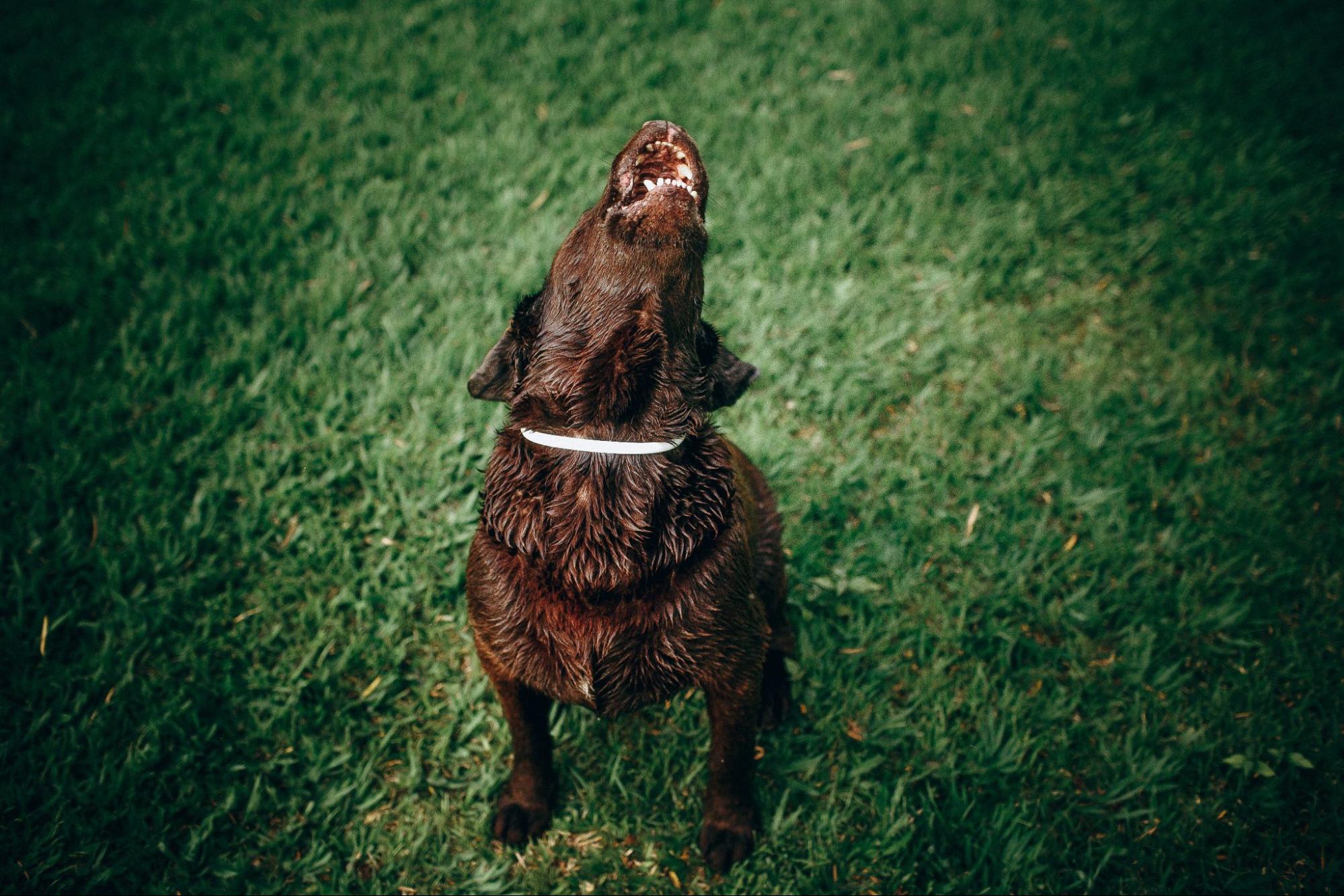How to Train Place Command
Training your Labrador to respond to the “Place” command is an essential skill that can benefit both you and your furry friend. In this article, I’ll walk you through the step-by-step process of training your Labrador to understand and obey this command effectively.
The “Place” command teaches your Labrador to go to a designated spot and stay there until released. This is particularly useful in situations where you want your dog to remain calm and stationary, such as when visitors arrive or during meal times. By training your Labrador with this command, you’ll be able to establish boundaries and ensure their safety in various situations.
To start training the “Place” command, choose a specific spot like a mat or bed that will serve as your dog’s designated area. Begin by using positive reinforcement techniques like treats and praise to encourage them to go to that spot on cue. Gradually increase the duration of time they need to stay there before receiving their reward.
Consistency is key when training your Labrador. Repeat the process daily, gradually increasing distractions and distance from the designated spot. With patience, practice, and positive reinforcement, you’ll soon have a well-trained Labrador who responds reliably to the “Place” command.
In conclusion, teaching your Labrador retriever how to respond obediently to the “Place” command provides numerous benefits for both you and your pet. Through consistent training sessions and positive reinforcement techniques, you’ll be able to create a strong foundation of understanding and communication with your beloved pup. So let’s get started on this journey towards a well-behaved and responsive Labrador!

Understanding the Place Command
When it comes to training your Labrador, one of the essential commands to teach is the “Place” command. This command helps in teaching your dog to go to a designated spot and stay there until given further instructions. Here’s a breakdown of what you need to know about the Place command.
- What is the Place Command? The Place command teaches your Labrador to go to a specific location, such as a mat, bed, or designated area, and remain there until released. It provides them with a clear boundary and helps develop impulse control and focus.
- Why is it Important? Teaching your Labrador the Place command has numerous benefits. Firstly, it helps in managing their behavior by giving them a designated space where they can relax without getting into mischief around the house. Additionally, it aids in teaching them self-control and patience.
- How to Train the Place Command?
- Start by choosing a specific spot where you want your Labrador to go when given the “Place” command.
- Use positive reinforcement techniques such as treats, praise, and rewards to encourage them to go and stay on that spot.
- Begin by using a leash or guiding them gently towards the spot while giving verbal cues like “Place” or “Go to your spot.”
- Once they reach the designated place, reward them generously.
- Gradually increase the duration of time they spend on their spot before rewarding them.
- Practise this command in different environments with varying distractions.
- Common Challenges
- Some Labradors may initially resist staying on their designated spot for an extended period. In such cases, start with short durations and gradually build up over time.
- If your dog tries to leave their place prematurely, redirect them back calmly without punishment or frustration.
Remember that consistency is key when training any command including Place Command with your Labrador. Short, frequent training sessions will yield better results than long, sporadic ones. With patience and persistence, your Labrador will learn to respond reliably to the Place command, making it a valuable tool in their obedience repertoire.